10 Things You Didn’t Know About How Animals See the World
When we think of vision, we often limit our understanding to the human experience, which is surprisingly narrow compared to the rich tapestry of sight found in the animal kingdom. Animals perceive the world in ways that are both astonishing and mysterious. Their eyes have evolved to detect elements of the environment that are invisible to us, offering a glimpse into a reality beyond our perception. This article delves into 10 intriguing secrets that animals hold in their vision of the world, each revealing a unique aspect of how these creatures interact with their surroundings. Prepare to embark on a journey that will expand your understanding of sight and challenge your perception of reality.
1. Ultraviolet Vision – A Hidden Spectrum
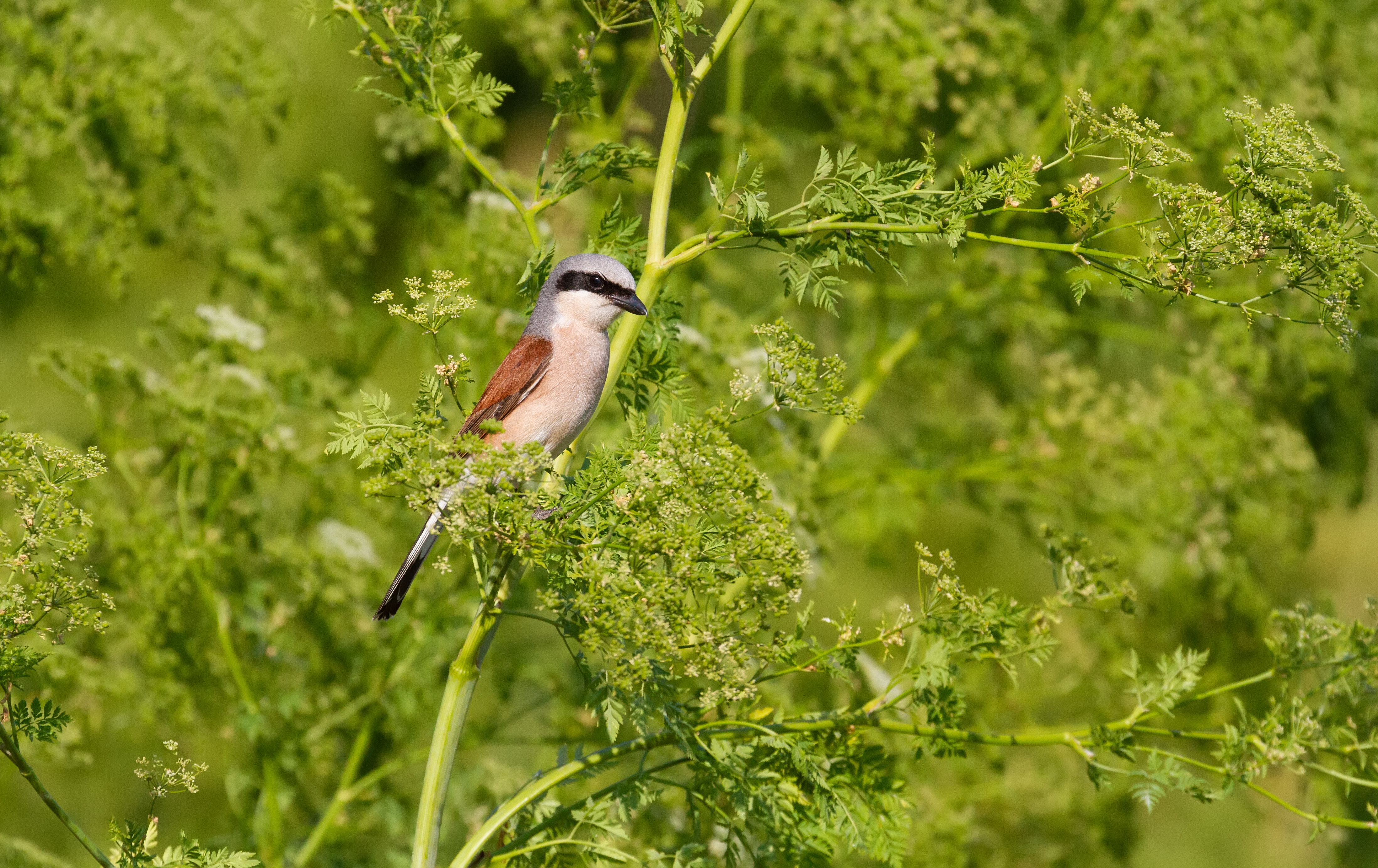
Many animals can see ultraviolet (UV) light, a spectrum of light that remains invisible to humans. Birds, for instance, use UV vision to detect plumage patterns that are invisible to human eyes, aiding in mate selection and species identification. Bees also perceive UV light, allowing them to see patterns on flowers that guide them to nectar. This ability enhances their efficiency as pollinators, directly impacting ecosystems. The presence of UV vision in these animals suggests a complex and finely tuned evolutionary adaptation to their environments, providing them with survival advantages that are subtly woven into the fabric of their existence.
2. Infrared Perception – Seeing Heat
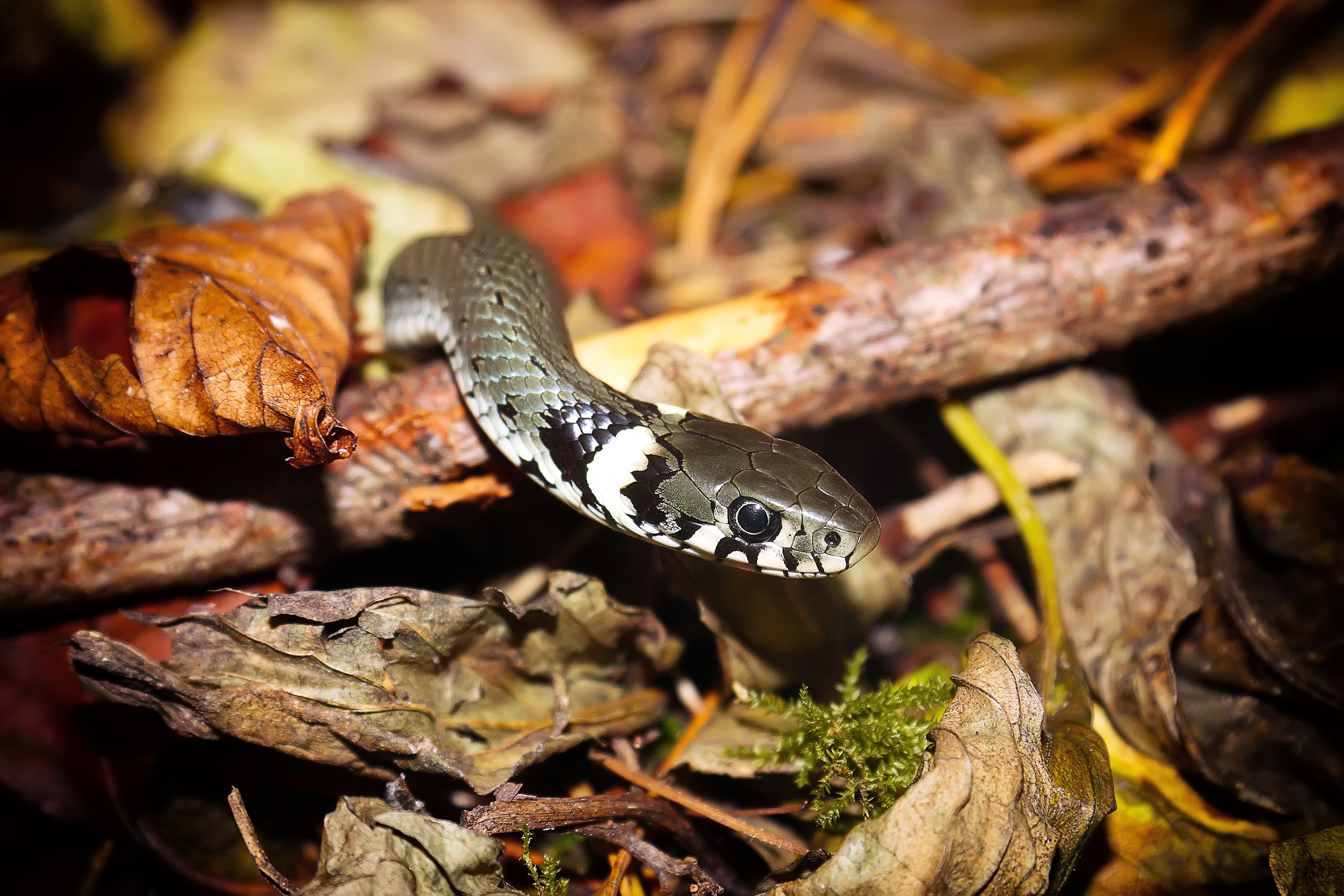
Some animals have developed the ability to perceive infrared light, which is essentially the heat emitted by objects. Snakes, particularly pit vipers, have infrared-sensitive pit organs that allow them to detect warm-blooded prey even in complete darkness. This adaptation gives them a significant advantage in hunting, as they can locate and strike prey with precision. The ability to see heat also plays a role in thermoregulation, helping these animals maintain optimal body temperatures. This hidden layer of perception underscores the intricate ways in which animals have adapted to their ecological niches, turning sensory limitations into strengths.
3. Polarized Light Detection – Navigating the Skies

Polarized light detection is another fascinating aspect of animal vision. Many insects, such as bees and ants, use polarized light patterns in the sky to navigate. This ability is crucial for their survival, as it allows them to find their way back to their nests over long distances. Certain fish and birds also use polarized light to enhance their vision underwater or in hazy environments, improving their ability to detect predators and prey. This form of vision reveals how animals have evolved to interpret natural cues in their environment, leading to complex behaviors that ensure their survival and success.
4. Night Vision – Masters of the Dark
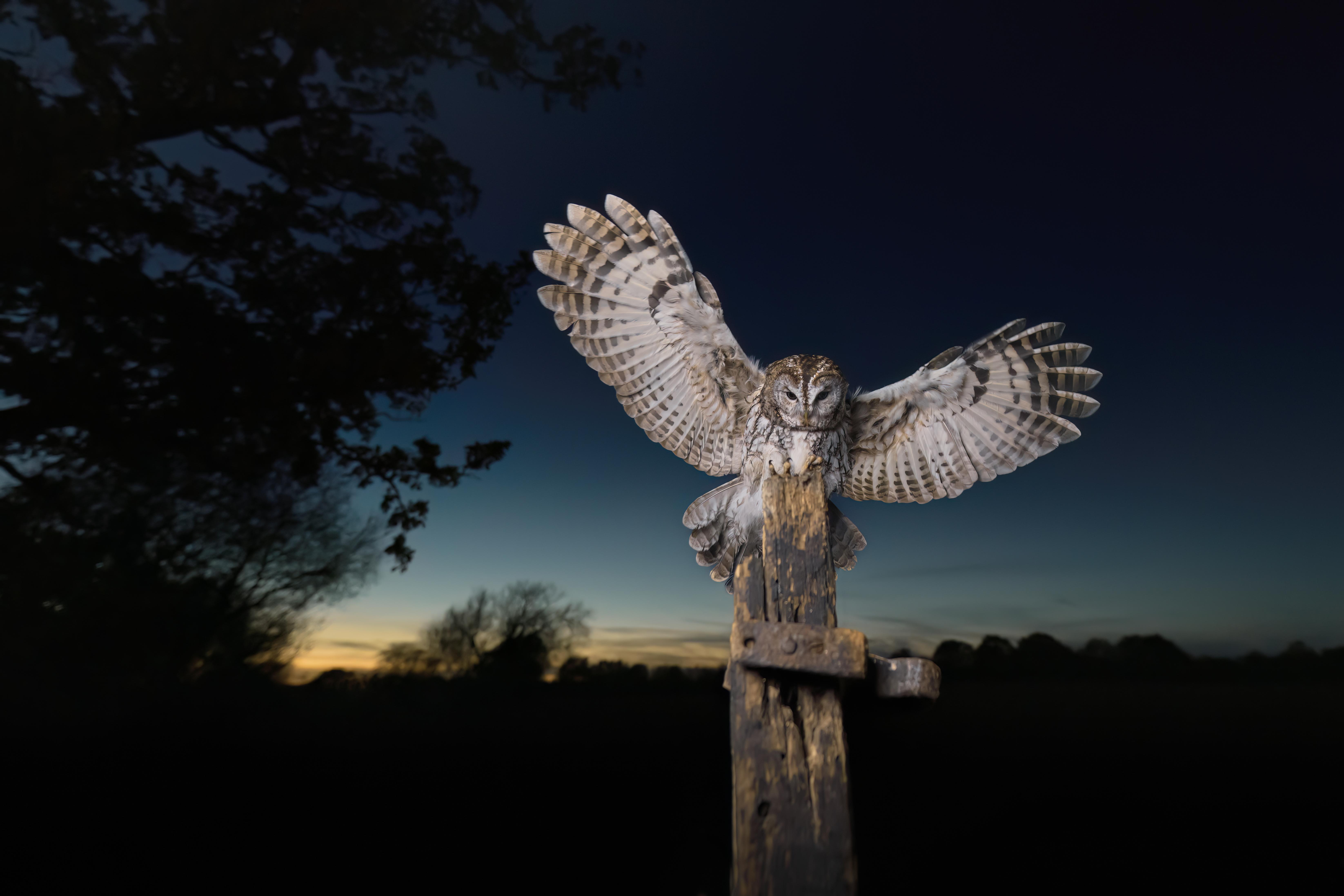
Nocturnal animals have evolved exceptional night vision, allowing them to thrive in darkness where others falter. Owls, for example, have large eyes with a high number of rod cells, which are more sensitive to light than cone cells. This adaptation enables them to see well in low light conditions, making them formidable hunters. Similarly, cats have a reflective layer behind their retinas called the tapetum lucidum, which enhances their ability to see in the dark by reflecting light back through the retina. These adaptations underscore the diverse strategies animals employ to conquer the challenges of their habitats.
5. Deep-Sea Vision – Seeing in the Abyss
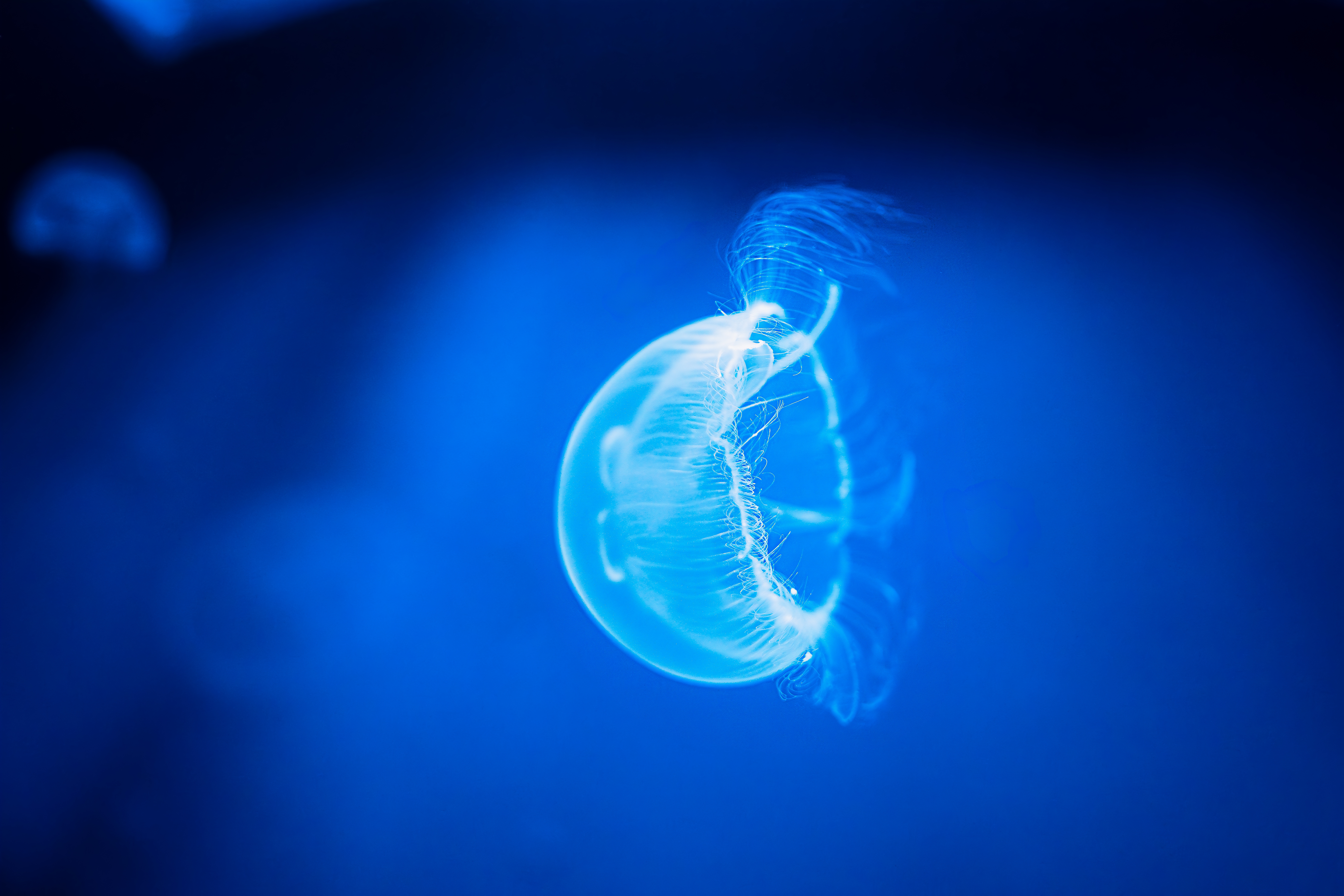
The deep sea is one of the most challenging environments for vision, yet many creatures have adapted to see in its perpetual darkness. Bioluminescent organisms, such as certain species of fish and jellyfish, produce their own light, which they use for communication, camouflage, and predation. Other deep-sea animals have developed large, highly sensitive eyes to detect the faintest glimmers of light. These adaptations reveal the extraordinary lengths to which evolution has gone to equip animals with the tools they need to survive in one of the most inhospitable environments on Earth.
6. Compound Eyes – A Mosaic of Vision
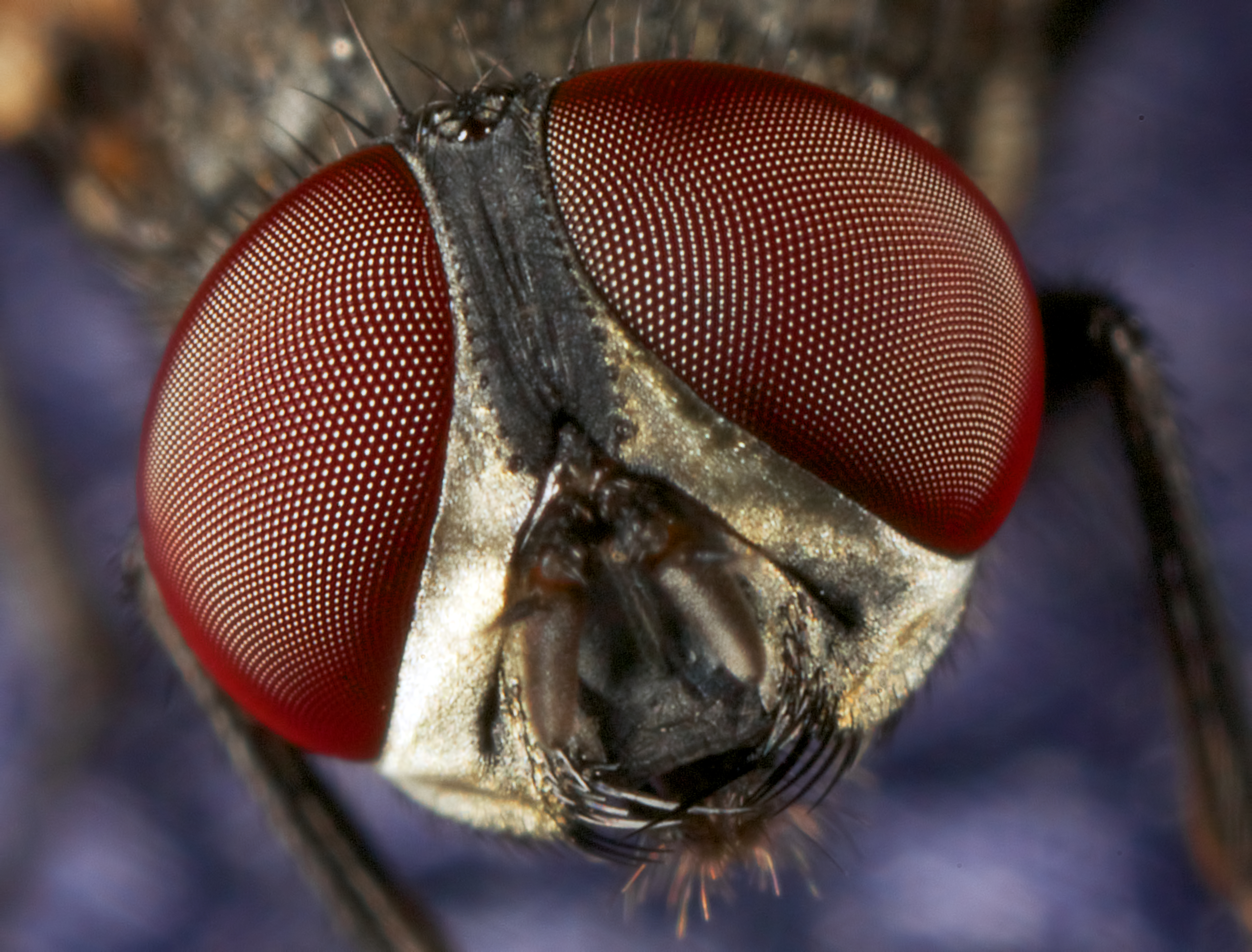
Insects like flies and bees have compound eyes, which consist of thousands of tiny lenses, each capturing a part of the visual field. This structure provides them with a wide field of view and the ability to detect fast movements, crucial for avoiding predators and capturing prey. The compound eye's mosaic vision allows insects to process visual information rapidly, aiding in their complex flight maneuvers and interactions with the environment. This remarkable visual system highlights the diversity of evolutionary solutions to the challenges of survival, each tailored to the specific needs of the organism.
7. The Mantis Shrimp – A Visionary Marvel
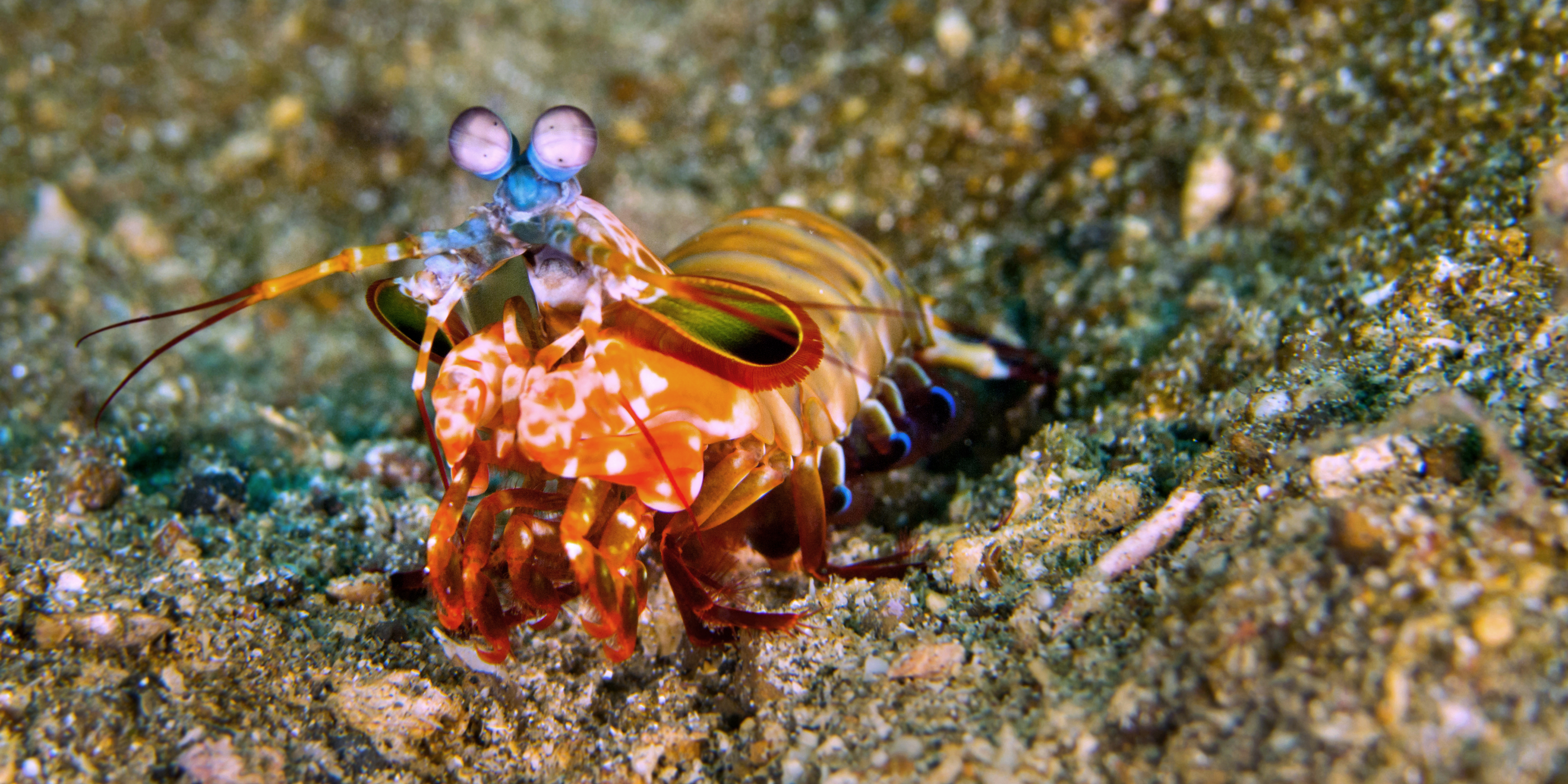
The mantis shrimp possesses one of the most complex visual systems in the animal kingdom. With up to 16 types of photoreceptor cells, compared to the human's three, they can see a vast array of colors, including ultraviolet and polarized light. This extraordinary vision allows them to detect prey, communicate with mates, and navigate their vibrant coral reef habitats. The mantis shrimp's eyes are independently movable, providing a unique perspective on their surroundings. Their vision exemplifies the intricate and often surprising adaptations that evolution can produce, offering insights into the diverse ways animals experience the world.
8. Echolocation – Seeing with Sound
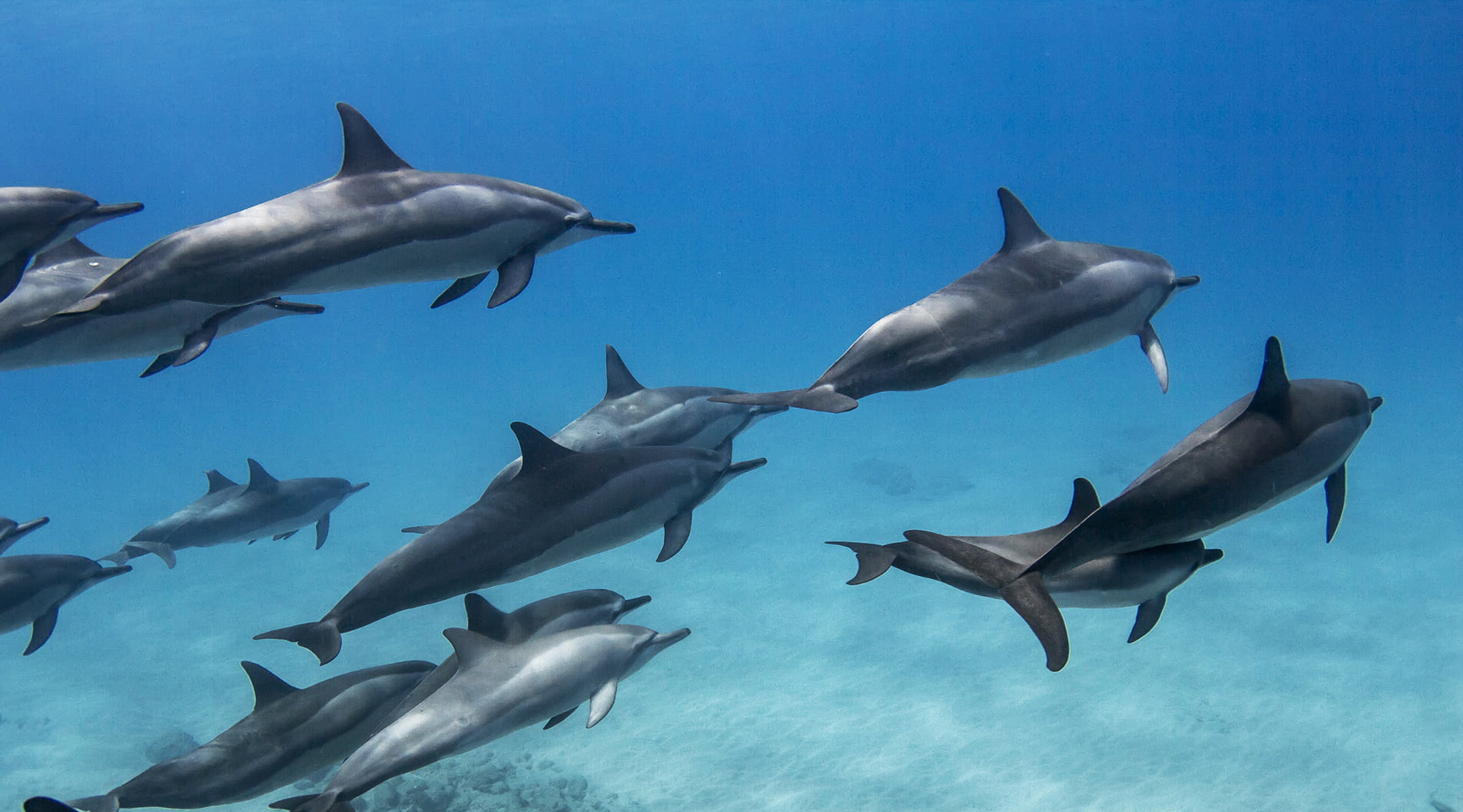
While not a visual sense in the traditional sense, echolocation is a form of perception that allows animals like bats and dolphins to "see" their environment using sound. By emitting calls and listening for the returning echoes, these animals can construct a detailed mental map of their surroundings, identifying objects, prey, and obstacles. This ability is particularly useful in environments where vision is limited, such as dark caves or murky waters. Echolocation demonstrates the remarkable plasticity of sensory systems, where the boundaries between different types of perception blur, creating new ways of experiencing the world.
9. Magnetic Field Detection – Navigating the Invisible
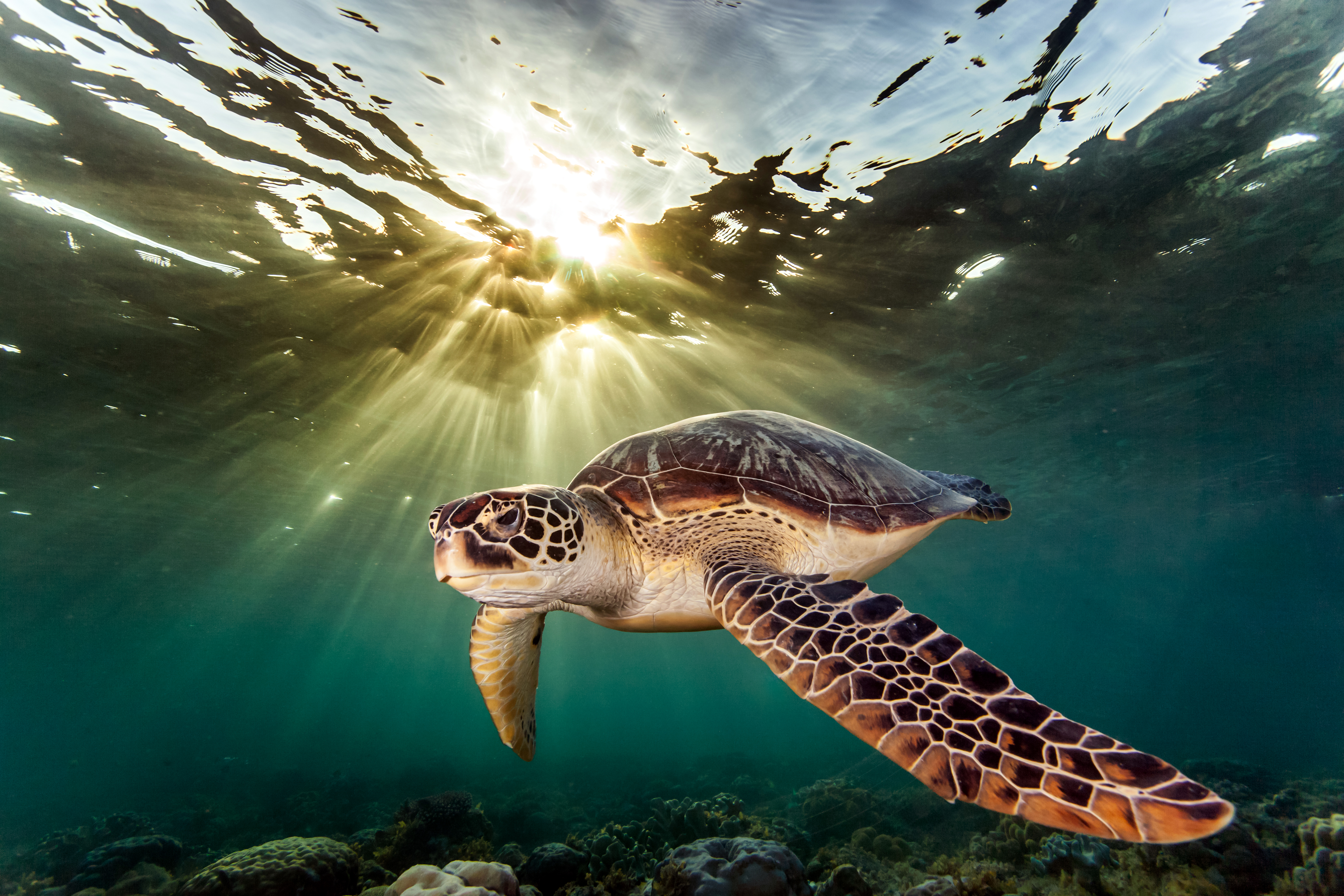
Some animals have the ability to detect Earth's magnetic field, using it as a navigational aid. Migratory birds, sea turtles, and certain types of fish possess this sense, known as magnetoreception, which helps them undertake long-distance migrations with astonishing accuracy. The exact mechanisms behind this ability are still not fully understood, but it is thought to involve specialized cells or proteins that respond to magnetic fields. This hidden sense adds another layer to our understanding of animal perception, revealing how creatures navigate complex environments and find their way across vast distances.
10. Electric Field Detection – Sensing the Unseen
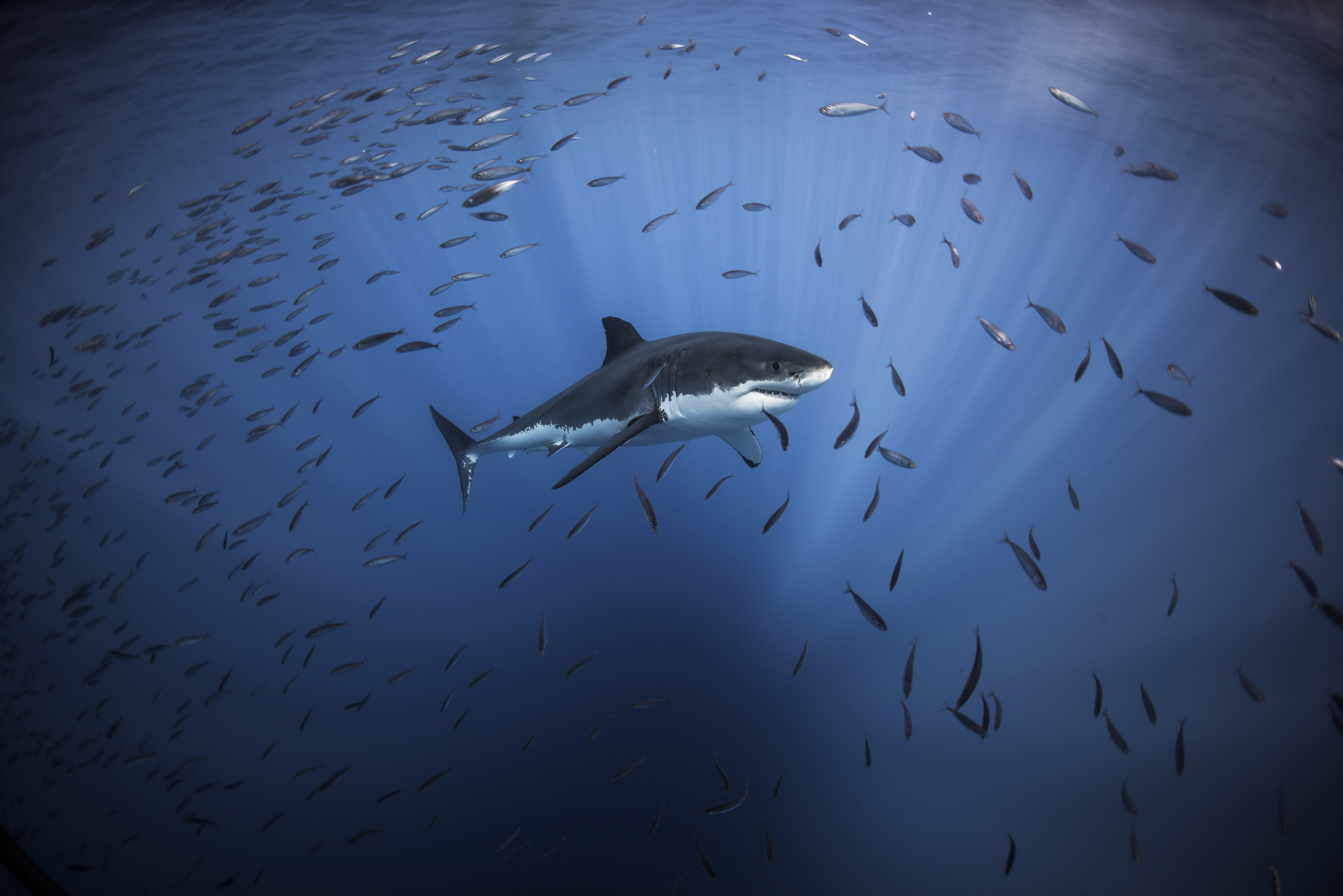
Electric field detection is a fascinating ability found in animals such as sharks and electric fish. These creatures can sense the weak electric fields generated by other animals, which helps them locate prey, navigate, and communicate. Sharks, for instance, have specialized organs called ampullae of Lorenzini that detect electric fields, allowing them to hunt even in murky waters where vision is impaired. This ability highlights the diverse sensory modalities animals have evolved, enabling them to exploit ecological niches that might otherwise be inaccessible. It underscores the complexity and adaptability of animal perception.
The Boundless Horizons of Animal Vision

The secrets of animal vision reveal a world that is vastly different from our own, filled with colors, patterns, and cues that we cannot perceive. Each adaptation, from ultraviolet vision to echolocation, offers a window into the diverse ways animals interact with their environments. These insights not only expand our understanding of the natural world but also inspire us to consider the limitations of our own perceptions. By exploring the hidden dimensions of animal vision, we gain a deeper appreciation for the complexity and wonder of life on Earth, reminding us that there is always more to discover beyond the limits of our sight.







